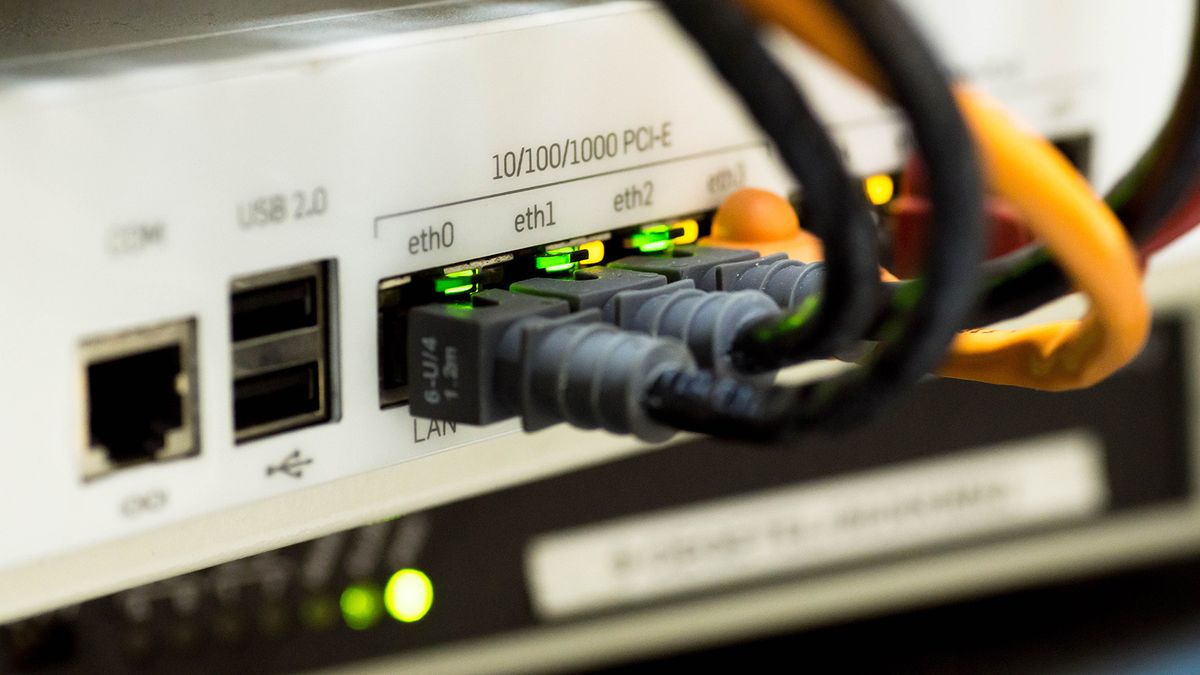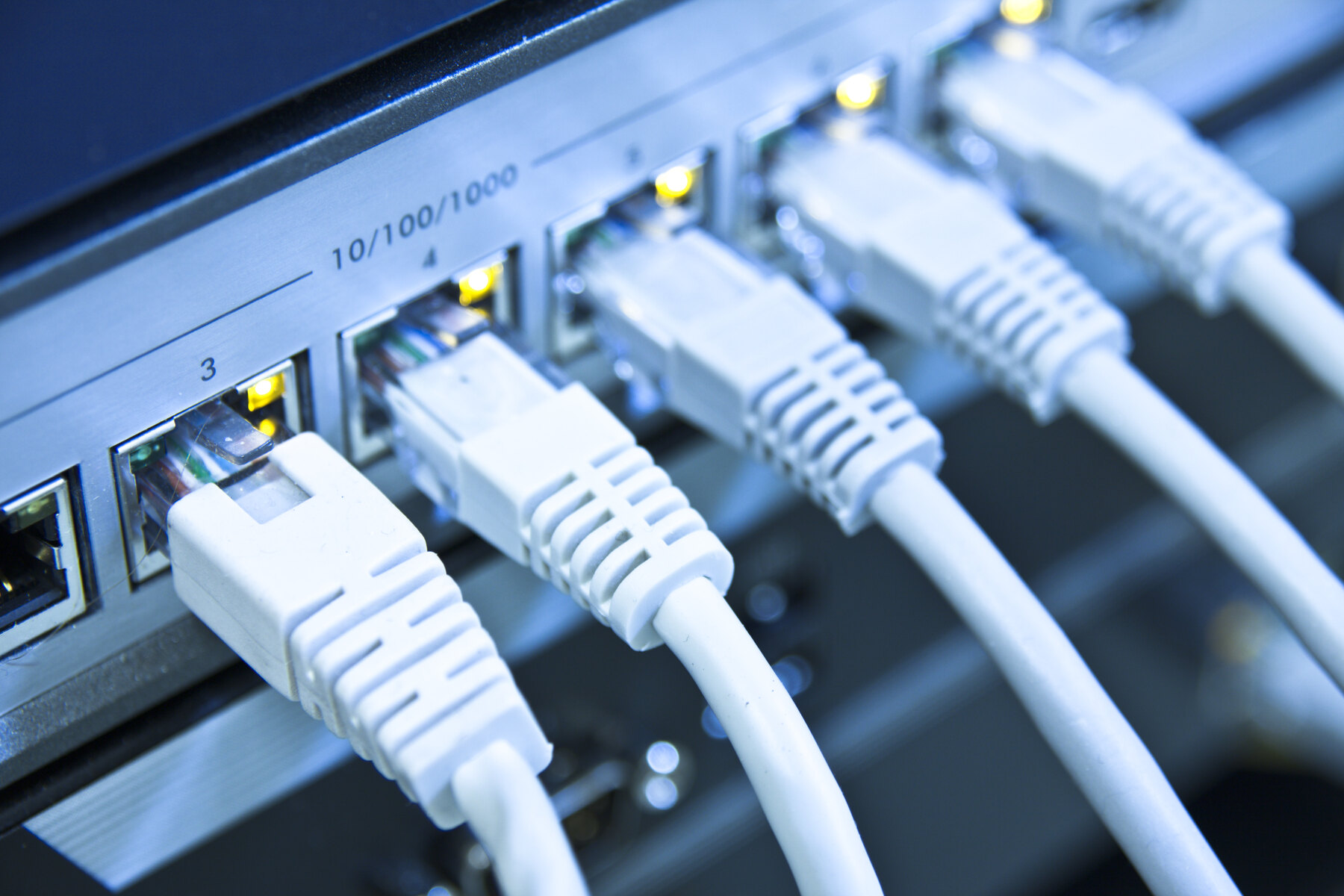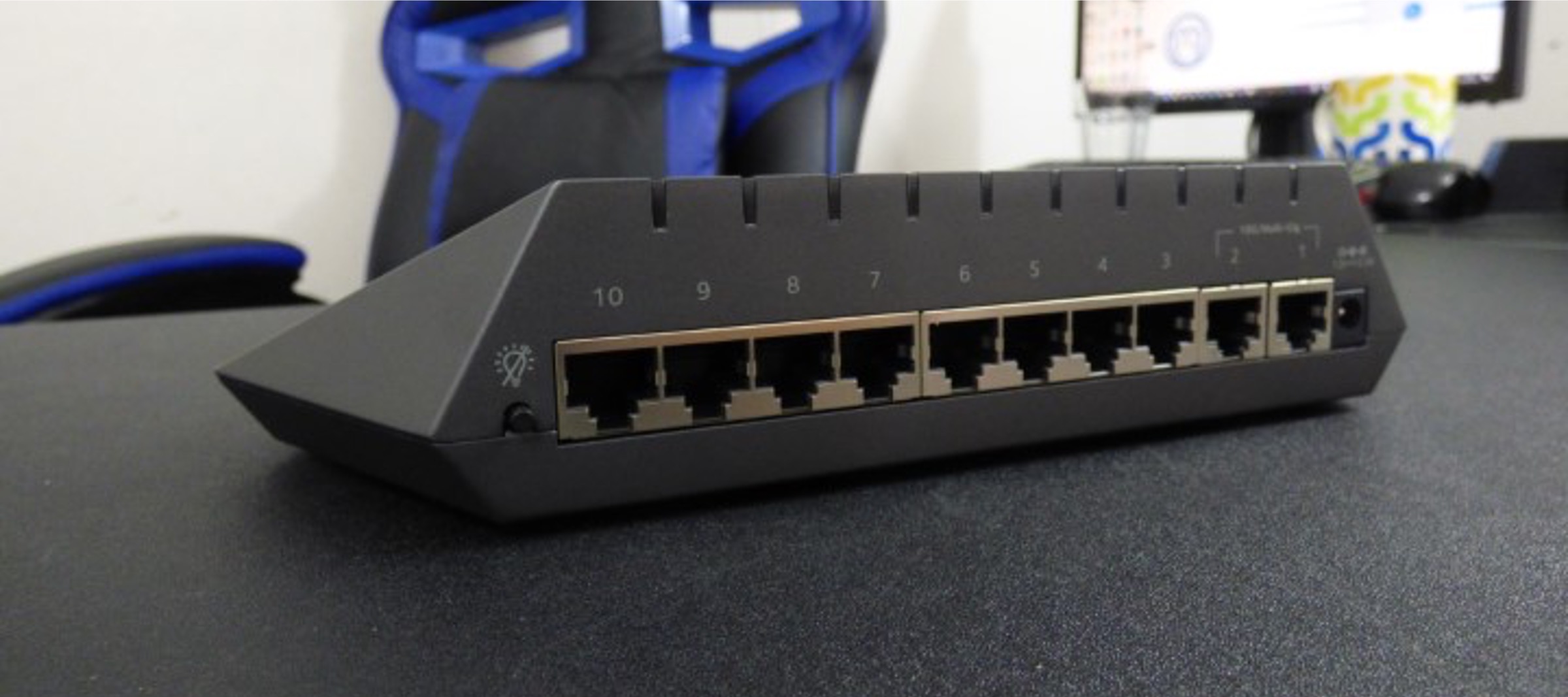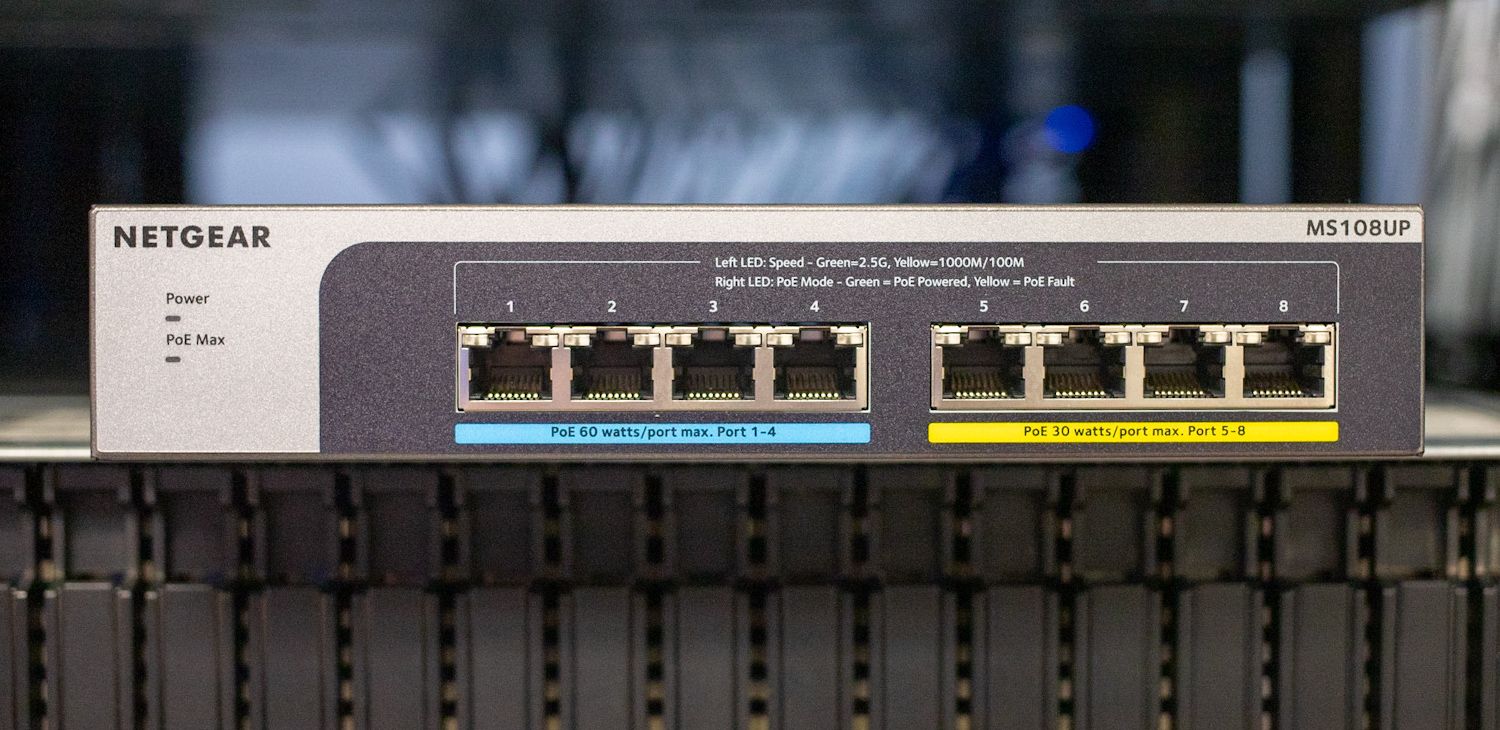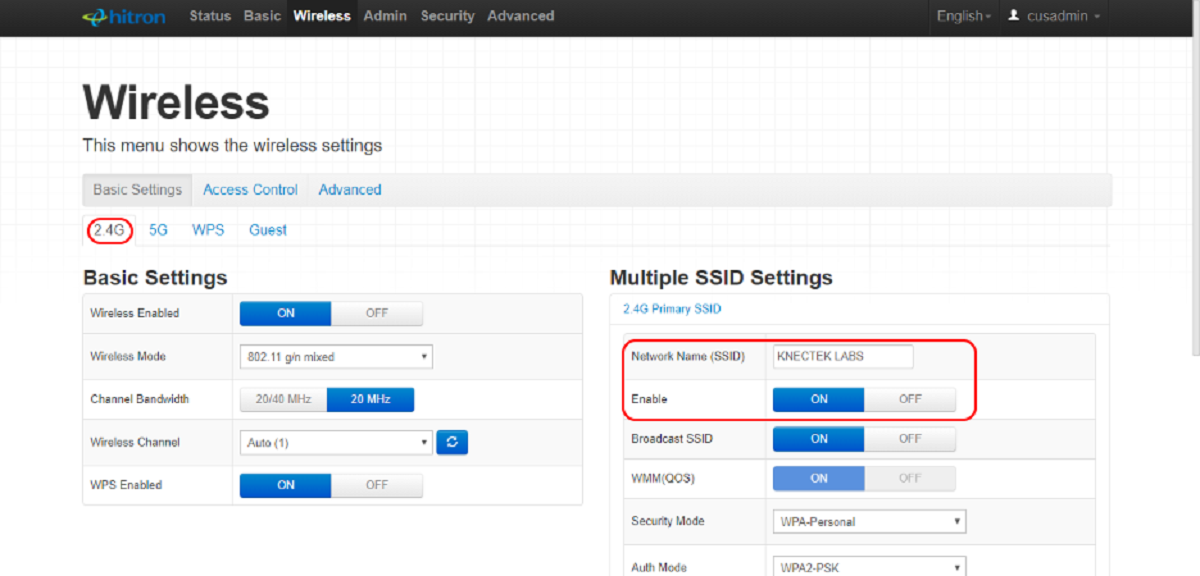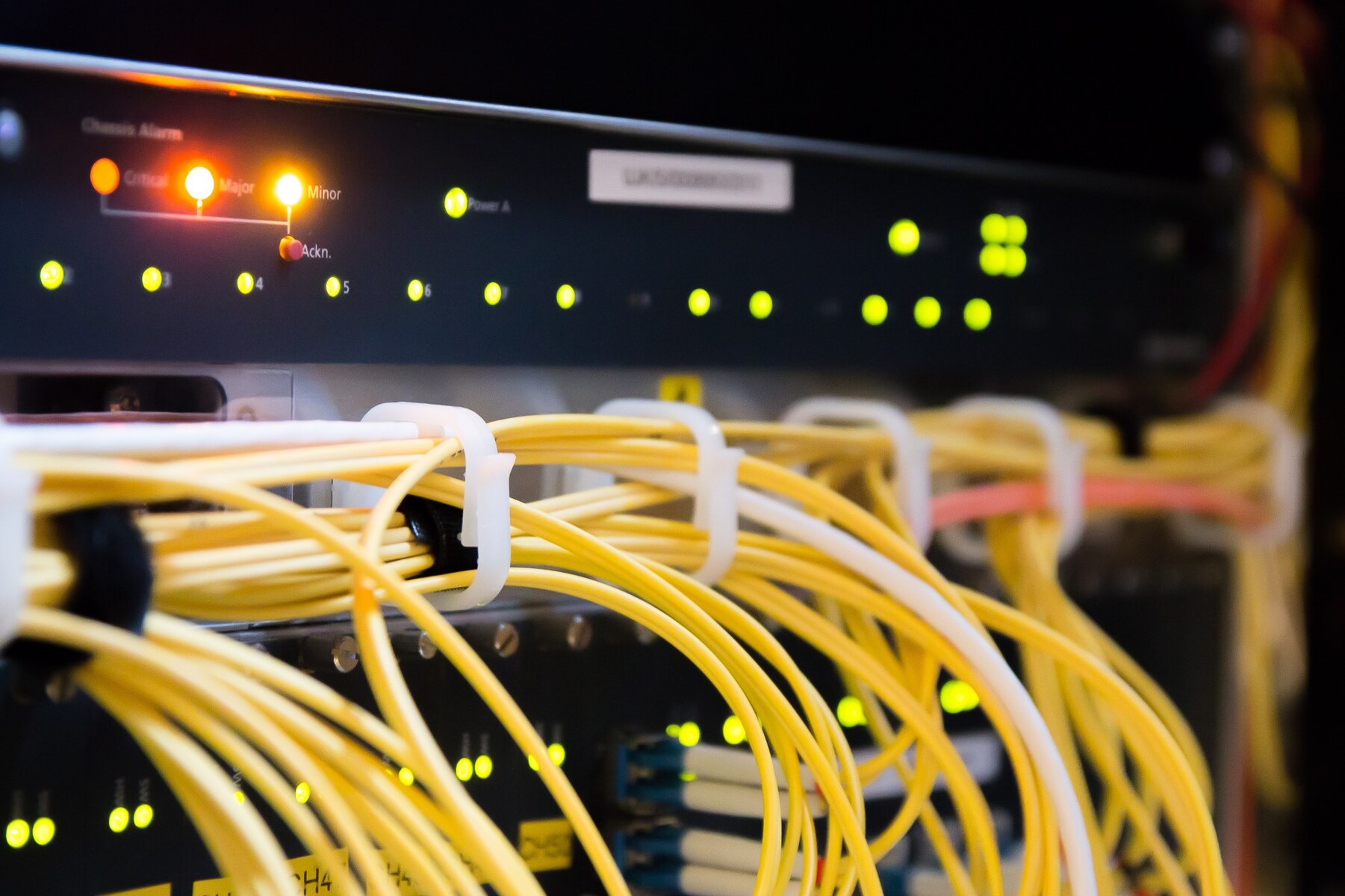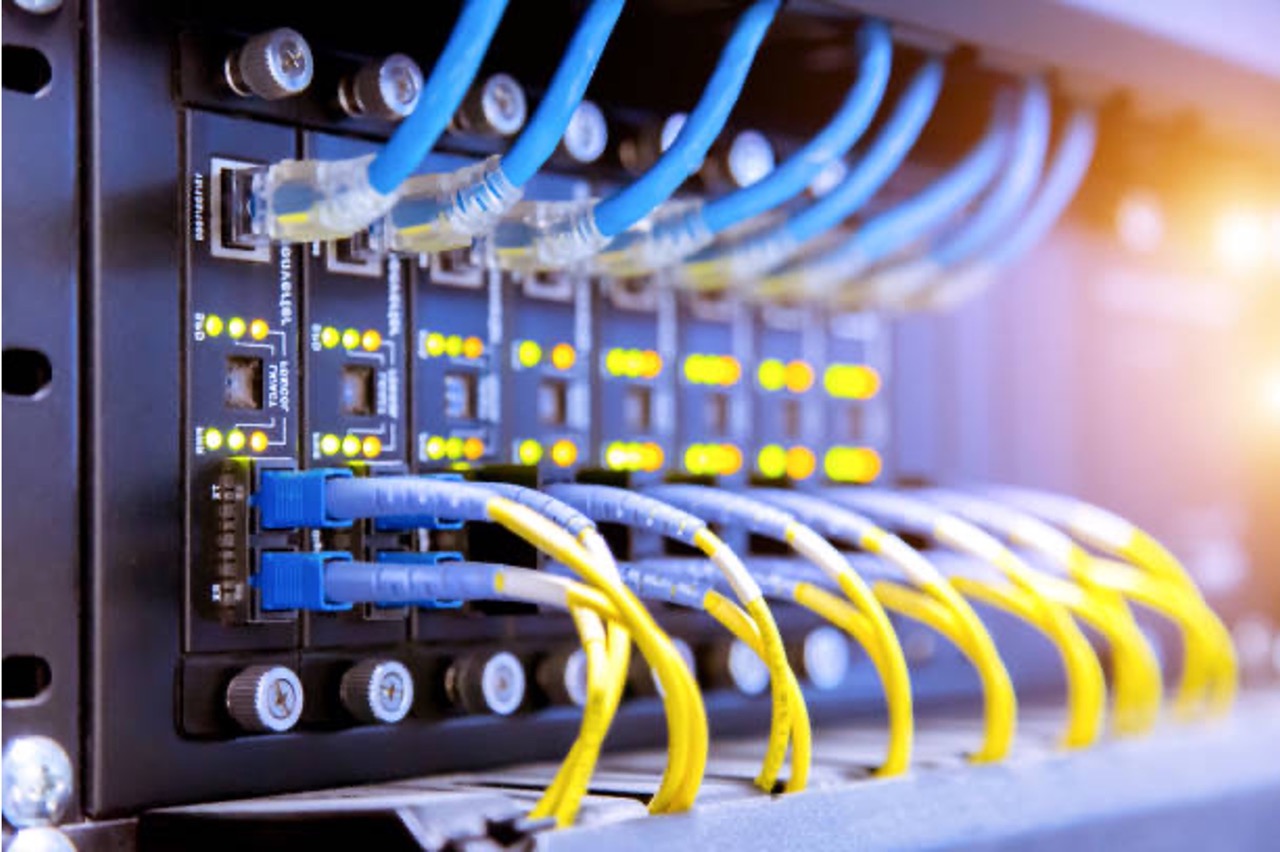Introduction
Welcome to the world of networking, where the seamless flow of data is the lifeblood of modern businesses and organizations. At the heart of this interconnected web of information lies the network switch, a critical component that enables the efficient and secure transfer of data between devices. Whether you are a small business looking to expand your network infrastructure or a tech enthusiast seeking to optimize your home setup, choosing the right network switch is crucial for ensuring smooth and reliable connectivity.
In this comprehensive guide, we will delve into the intricacies of network switches, exploring their functionality, the key factors to consider when selecting the best one for your needs, and a curated list of top-performing network switches available on the market. By the end of this journey, you will be empowered with the knowledge to make an informed decision and elevate your networking capabilities to new heights.
So, let's embark on this exploration of network switches and unravel the complexities of networking technology. Whether you are a novice navigating the world of networking or a seasoned IT professional seeking the latest insights, this guide is designed to equip you with the essential information needed to navigate the landscape of network switches with confidence and clarity. Let's dive in and uncover the best network switch that aligns perfectly with your unique requirements and aspirations.
Understanding Network Switches
Network switches serve as the cornerstone of modern networking infrastructure, facilitating the seamless transmission of data packets between connected devices within a local area network (LAN). Unlike hubs, which indiscriminately broadcast data to all connected devices, switches intelligently direct data only to the intended recipient, optimizing network efficiency and security. These devices operate at the data link layer (Layer 2) of the OSI model, using MAC addresses to forward data to the appropriate destination, thereby minimizing network congestion and enhancing overall performance.
At their core, network switches are equipped with multiple ports, each serving as a connection point for devices such as computers, printers, servers, and other networked peripherals. The ports may vary in speed, typically ranging from Fast Ethernet (10/100 Mbps) to Gigabit Ethernet (10/100/1000 Mbps) and beyond, catering to diverse bandwidth requirements. Additionally, modern switches often feature Power over Ethernet (PoE) capabilities, enabling the simultaneous transmission of data and power to compatible devices, such as IP cameras, wireless access points, and VoIP phones, over a single Ethernet cable.
Furthermore, network switches come in various configurations, including unmanaged, managed, and smart switches. Unmanaged switches are plug-and-play devices that operate without the need for configuration, making them ideal for small-scale deployments and basic networking needs. On the other hand, managed switches offer advanced features such as VLAN support, Quality of Service (QoS) prioritization, and port mirroring, providing greater control and customization options for network administrators.
Smart switches, also known as web-managed switches, bridge the gap between unmanaged and managed switches, offering a user-friendly web interface for essential configuration and monitoring tasks. These switches are well-suited for small to medium-sized businesses seeking enhanced functionality without the complexity associated with fully managed switches.
By understanding the fundamental role and features of network switches, you gain valuable insight into their diverse capabilities and the pivotal role they play in fostering efficient, secure, and scalable network environments.
Factors to Consider When Choosing a Network Switch
When embarking on the journey to select the most suitable network switch for your specific requirements, several crucial factors demand careful consideration. By evaluating these key aspects, you can make an informed decision that aligns with your network’s performance, scalability, and security needs. Let’s explore the essential factors that should guide your decision-making process:
- Port Count and Speed: Assess the number of devices that need to be connected to the switch, both presently and in the foreseeable future. Additionally, consider the bandwidth requirements of these devices to determine the optimal port speed, ensuring that the switch can accommodate current and anticipated network demands.
- Managed vs. Unmanaged: Determine whether your network necessitates the advanced features and granular control offered by managed switches or if the simplicity and cost-effectiveness of unmanaged switches suffice for your needs.
- Power over Ethernet (PoE) Support: If your network includes devices that can be powered via Ethernet, such as IP cameras and wireless access points, opting for a switch with PoE capabilities can streamline installations and reduce cabling complexity.
- Scalability: Anticipate the potential growth of your network and select a switch that can accommodate expanding connectivity requirements without necessitating frequent upgrades.
- Quality of Service (QoS) Features: For networks where prioritizing certain types of traffic is essential, such as voice and video data, choosing a switch with robust QoS capabilities ensures optimal performance for critical applications.
- Security Features: Evaluate the security attributes offered by the switch, including access control mechanisms, port security, and support for advanced security protocols, to fortify your network against unauthorized access and cyber threats.
- Reliability and Warranty: Consider the reliability track record of the switch manufacturer and the availability of comprehensive warranties and support services, which are vital for ensuring the longevity and stability of your network infrastructure.
By meticulously evaluating these factors in the context of your unique networking environment, you can make a well-informed decision that optimally caters to your current needs while accommodating future growth and technological advancements.
Best Network Switches on the Market
When it comes to selecting the best network switch for your specific requirements, the market offers a diverse array of options, each tailored to address distinct networking needs. Here are some top-performing network switches renowned for their reliability, performance, and feature-rich designs:
- Cisco Catalyst 9200 Series: Recognized for its robust security features, advanced QoS capabilities, and support for high-density deployments, the Cisco Catalyst 9200 Series is ideal for medium to large-scale networks requiring exceptional performance and scalability.
- NETGEAR ProSAFE GS108E: This cost-effective, yet feature-packed, managed switch from NETGEAR offers VLAN support, QoS prioritization, and a user-friendly web interface, making it an excellent choice for small businesses and home network enthusiasts seeking enhanced control and functionality.
- Ubiquiti UniFi Switch: With its sleek design and seamless integration with the UniFi ecosystem, the Ubiquiti UniFi Switch is a popular choice for businesses and enthusiasts seeking a reliable, managed switch with extensive customization options and centralized management capabilities.
- HPE OfficeConnect 1920S: Designed for small to medium-sized businesses, the HPE OfficeConnect 1920S switch offers enterprise-class features, including PoE support, intuitive web management, and robust security protocols, making it an ideal solution for organizations prioritizing performance and affordability.
- TP-Link TL-SG108: A budget-friendly yet reliable unmanaged switch, the TP-Link TL-SG108 boasts Gigabit Ethernet ports, energy-efficient operation, and a durable metal enclosure, making it an excellent choice for home and small office environments requiring plug-and-play simplicity.
These network switches represent a diverse spectrum of offerings, catering to various budget constraints and network complexities. By carefully assessing your specific networking needs and comparing them with the features and capabilities of these top-rated switches, you can identify the ideal solution that harmonizes with your operational requirements and future growth plans.
Conclusion
As we conclude our exploration of network switches, it becomes evident that these pivotal networking devices form the backbone of efficient and secure data transmission within local area networks. Understanding the fundamental role of network switches, the diverse configurations available, and the critical factors to consider when selecting the most suitable switch empowers individuals and organizations to make informed decisions that align with their unique networking requirements.
By evaluating essential aspects such as port count and speed, managed versus unmanaged options, Power over Ethernet support, scalability, quality of service features, security attributes, and reliability, stakeholders can navigate the vast landscape of network switches with confidence and precision. Furthermore, the curated list of top network switches provides a glimpse into the market’s leading offerings, encompassing a range of features, performance levels, and price points to suit various networking environments and budgetary considerations.
Whether you are seeking a high-performance, enterprise-grade switch for a large-scale network deployment or a cost-effective, user-friendly solution for a home office setup, the diverse array of network switches available in the market ensures that there is a fitting option for every networking need. By leveraging the insights gleaned from this guide, individuals and organizations alike can elevate their networking infrastructure, bolster security, and optimize data flow, thereby fostering enhanced productivity and connectivity.
As technology continues to advance and networking requirements evolve, the significance of selecting the best network switch remains paramount. With the knowledge and considerations outlined in this guide, you are well-equipped to embark on the journey of choosing a network switch that not only meets your current needs but also paves the way for future growth and innovation in the realm of networking technology.







